Natural disasters exist throughout Earth’s history, and they come in varying forms and magnitudes. Some of these events have caused minimal damages, while others wrecked entire cities and brought civilizations to the ground.
Even in modern history, the world has experienced countless earthquakes, storms, tsunamis, droughts, floods, wildfires and volcanic eruptions. In some cases, these disasters give way to others, resulting in devastating consequences.
In this article, we have provided a list of the most devastating natural disasters on Earth. With regard to the extent of damage, some of these disasters are truly the worst of their kind, while others caused more damage due to their location and proximity to the human population.
The Most Devastating Natural Disasters on Earth
Central China Flood
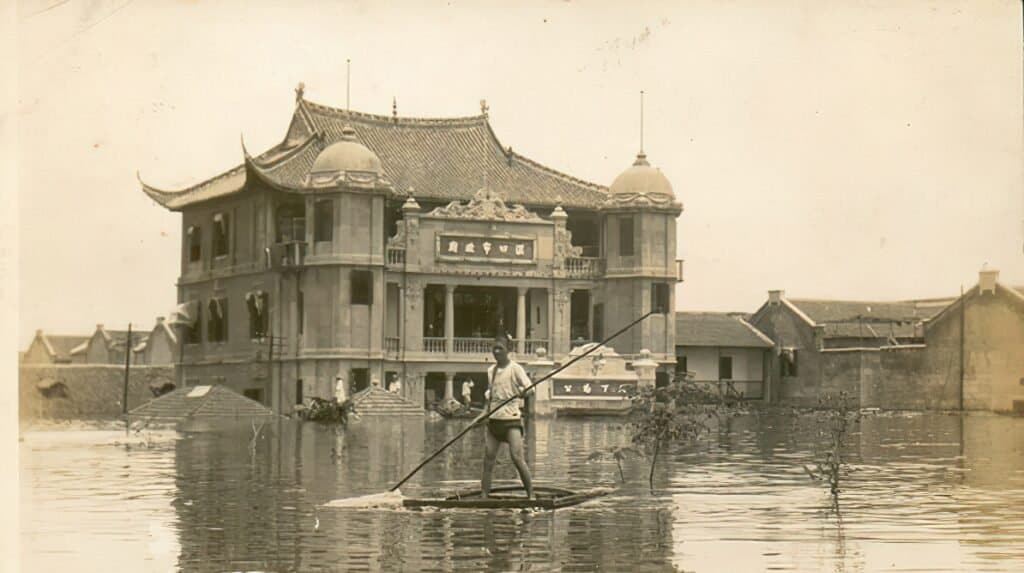
The Central China flood took place in 1931 and killed over 2 million people.
One of the biggest floods in the history of China is the Central China flood which took place in 1931. Some of the biggest rivers in China became flooded-the Yellow River, the Yangtze River, and the Huai River. The city became so badly flooded that more than half of Central China was covered in water.
The coverage of the flood was so widespread that the affected areas were as big as the whole of England and half of Scotland. Of the 52 million inhabitants, about 25 million people were estimated to be affected by the flood. Over 2 million people were estimated dead. Although, one would also have to take into account the famine, displacement, and disease that spread in the aftermath of the disaster while considering this fatality rate.
Also called the Yangzi-Huai flood, it lasted till the summer of the following year (1932). During the period, China battled various epidemic outbreaks and malnutrition as the agricultural sector faced a massive downturn.
Antioch Earthquake
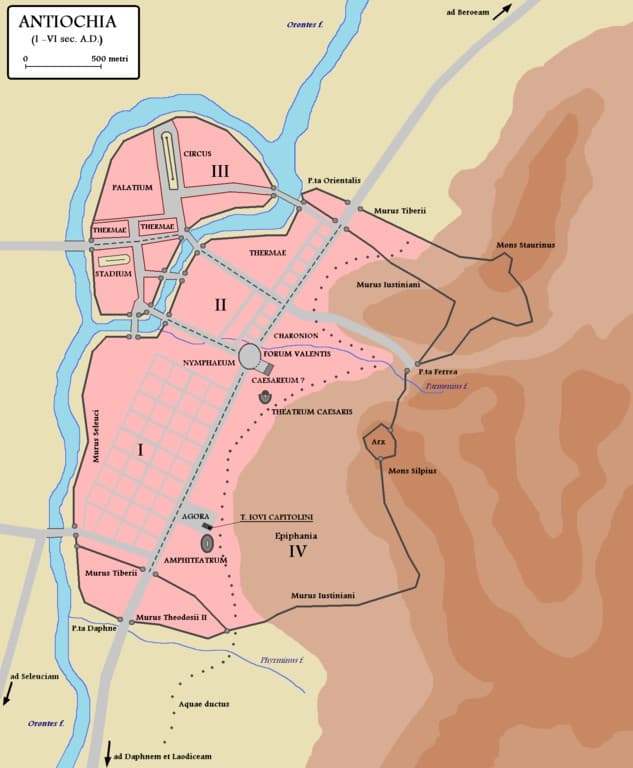
The Antioch earthquake was one of the most terrible disasters that struck in 526 AD.
The Antioch earthquake is deemed a 7.0 on the Richter scale. It occurred in 526 AD, hitting Syria and Antioch- the region now known as modern day Turkey.
This disaster was one of the most terrible which struck in 526. For 18 months after the quake, aftershocks followed.
Several buildings were destroyed and the death toll is estimated to be between 250,000 and 300,000 people. Worse still, a raging fire followed, causing further damage and chaos. The government of the region became unstable, and the society descended into anarchy.
Modern day Turkey remains earthquake-prone, as the positioning of the city features a complex array of tectonic plates. Old Antioch was situated directly about a point where three plates converge – the African, Arabian, and Anatolian plates. As the plates grind against one another, tremors are set off and earthquakes are the likely consequence.
Bhola Cyclone
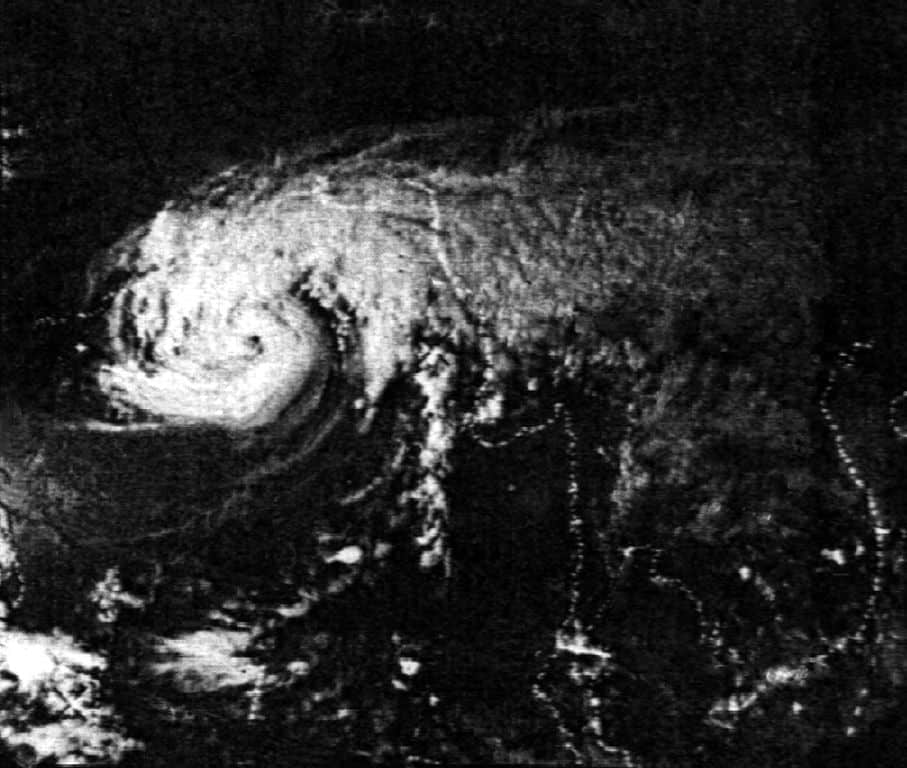
The deadliest cyclone ever recorded is the 1970 Great Bhola Cyclone.
©Noaa / public domain – Original
In 1970, the worst cyclone in world history took place – the Great Bhola Cyclone of Bangladesh. It happened at night, and so several people were caught in their sleep. About 300,000 people are estimated to have died during this disaster. The cyclone brought with it a 20ft storm surge that caused radical damages to property, infrastructure, and the people who lived in the coastal plain and Islands of the Ganges River Delta.
Of the estimated 77,000 fishermen in the area, close to 46,000 were reported dead while several others were badly injured. The strength of this cyclone is equal to what we classify as a category 3 hurricane today.
Coringa Cyclone
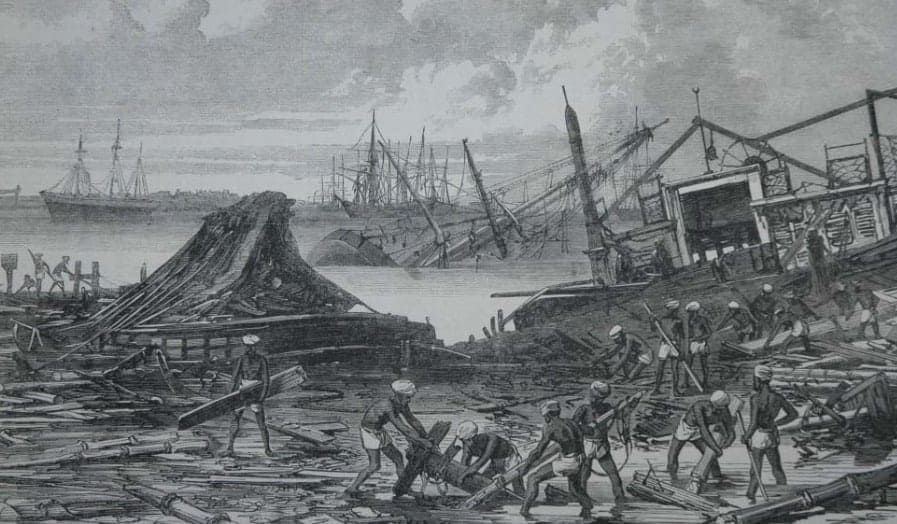
The fifth biggest cyclone in the world is the Coringa cyclone.
©Monsters and Critics / public domain – Original
The Coringa cyclone is the fifth biggest cyclone in the world.
Coringa was a bustling port city in Andhra Pradesh province on the bay of Bengal before the cyclone hit on the 25th of November, 1839. It came with strong winds and a 40ft storm surge effectively destroying the port and over 20,000 vessels.
The estimated mortality is about 300,000 people and the city’s economy never recovered from this violent disaster. Today, Coringa is just a small village.
Shaanxi Earthquake
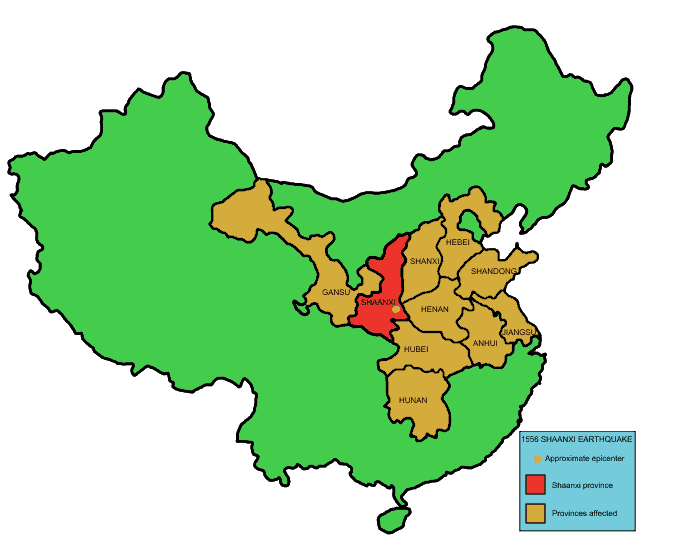
Although Shaanxi earthquake lasted 23 seconds, up to 60 percent of the population in 97 counties and 8 provinces in Central China died.
The Shaanxi earthquake lasted 23 seconds, in which up to 60 percent of the population in 97 counties and 8 provinces in Central China died. The earthquake triggered several landslides, and cave collapses resulting in the death of several people who lived in those settlements.
Formerly called the Jiajing Great earthquake, this disaster killed about 830,000 people and leveled practically all the buildings in several provinces including Huaxian, Weinan, and Huayin. It is considered the deadliest earthquake ever to happen, not just because of its 8.3 magnitude but the resulting casualties. The high death toll is linked to the fact that the quake happened in a heavily populated area. The poor housing structure did little to help matters.
Indian Ocean Tsunami
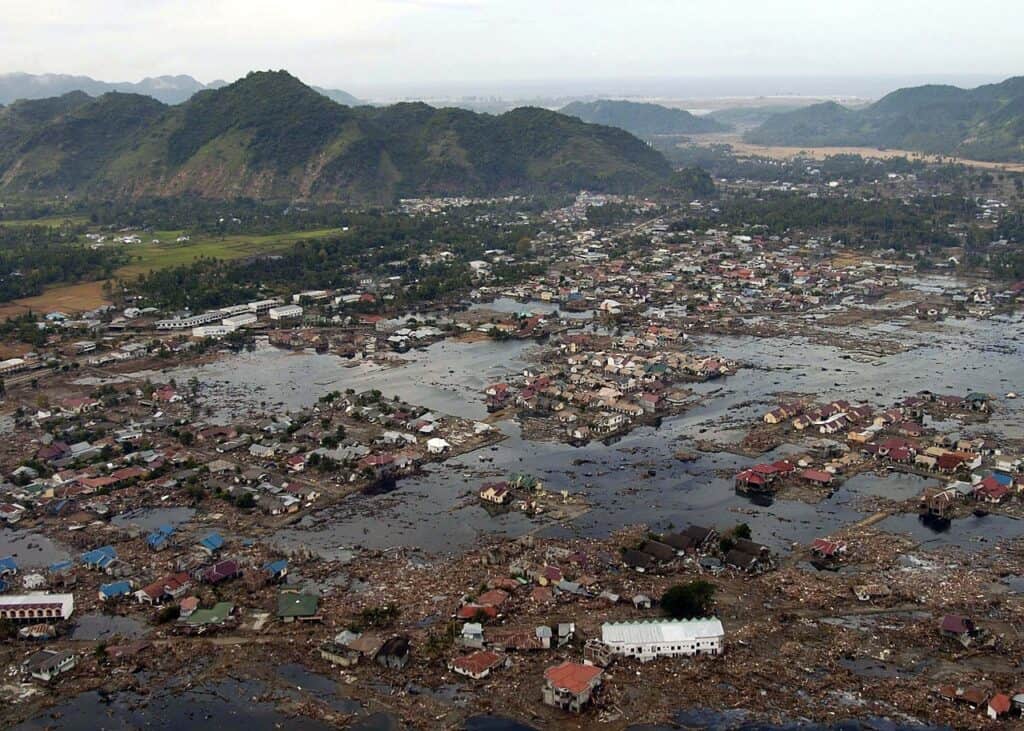
The Indian Ocean tsunami was the largest natural disaster of modern history in its time.
©U.S. Navy photo by Photographer’s Mate 2nd Class Philip A. McDaniel / public domain – Original
In its time, the Indian Ocean tsunami was the largest natural disaster of modern history. It was triggered by a massive 9.0 scale earthquake – the Sumatra-Andaman earthquake of 2004. The earthquake had lifted the seafloor in the surrounding areas, thereby displacing the water above and causing deadly consequences for countries in South Asia down to South Africa.
Indonesia, Thailand, Sri Lanka, and Maldives were severely affected. Over 250,000 people died on the first day and several others were injured. The cost of financial damages following the tsunami was estimated at 9.4 billion dollars. Much more resources were lost as the disaster crippled fishing and tourism in the affected countries.
About 14 countries were affected in total. These experienced infrastructural damage, destruction of coastal vegetation, harbors and massive sand erosion. Indonesia, however, bore the larger brunt of the disaster but has since recovered and rebuilt its provinces – Aceh and North Sumatra.
Haiti Earthquake
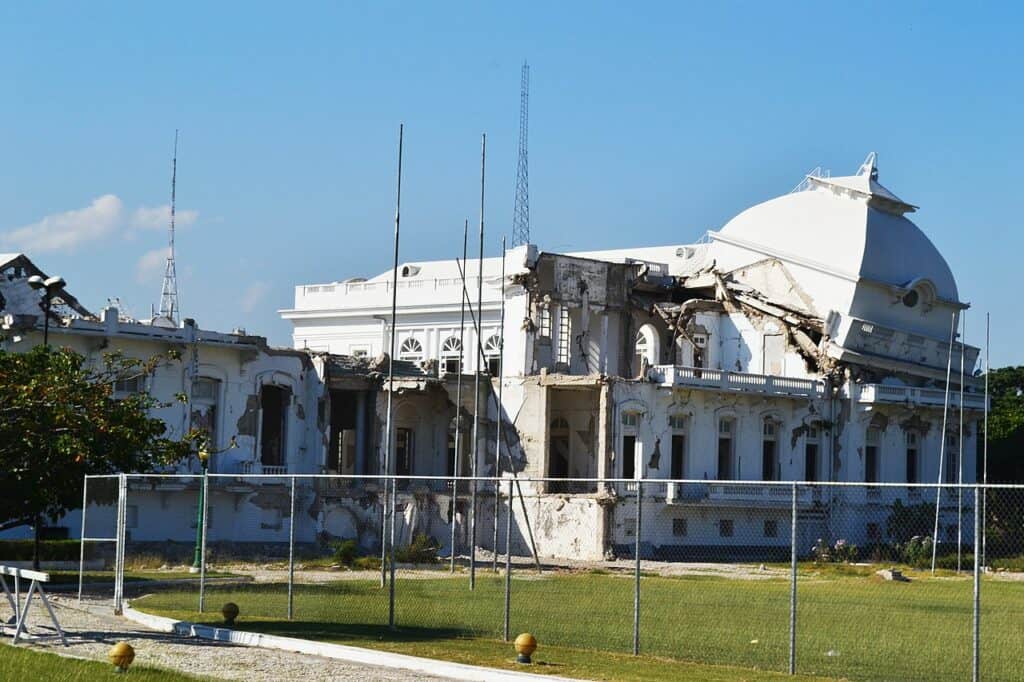
The 2010 Haiti earthquake killed thousands of people.
©Trocaire from Ireland / Creative Commons – Original / License
In 2010, a 7.0 scale earthquake shook Haiti, and caused up to 8 billion dollars in damages. Over 300,000 people died, and approximately 1 million residents were affected as buildings crumbled to dust and extreme poverty ravaged several. This earthquake is the worst ever encountered in Haiti, as the city has had a difficult time coping with its aftermath.
Haiti was already dealing with poverty and societal unrest. Following the earthquake, hundreds of thousands of people were left displaced, hungry, and poor.
The photo featured at the top of this post is © Monsters and Critics / public domain / Original
Thank you for reading! Have some feedback for us? Contact the AZ Animals editorial team.







